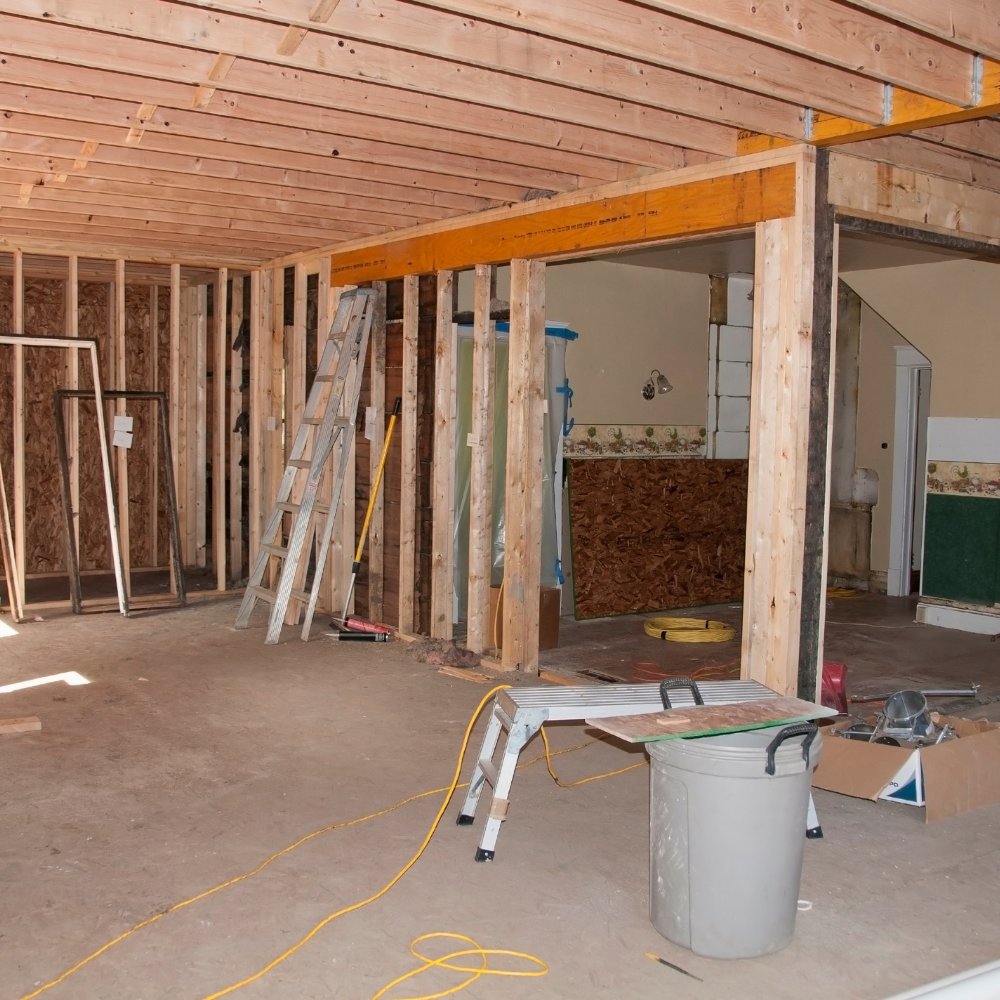The undertaking of a room addition project is an endeavor that requires careful planning and thoughtful consideration. This enhancement not only adds value to one’s abode but also offers the opportunity to create a bespoke space that caters to specific lifestyle needs.
Whether it be a sun-drenched conservatory for tranquil retreats, a versatile study area for professional pursuits, or an inviting guestroom for cherished visitors, every room addition holds the potential to augment the functionality and aesthetics of one’s home.
Capitalizing on this potential demands an understanding of how best to maximize the utility and appeal of expanded areas.
Navigating through choices related to design elements, construction materials, spatial layout can often seem like navigating through a labyrinthine maze. With myriad options available in today’s market from energy-efficient windows, soundproofing insulation, smart lighting systems, each selection has critical implications on the comfortability and sustainability of the new living space.
However daunting these decisions may initially appear, they provide opportunities to customize your new addition in ways which reflect individual tastes while further fostering a sense of belonging within one’s own dwelling.
In this article, guidance will be provided on making strategic decisions about these diverse aspects with clarity and confidence so as to fully reap the benefits offered by an additional room in your house.
## Maximizing the Potential of Expanded Space
Exploiting the potential of an enlarged space necessitates strategic planning and design, creating a suspenseful anticipation for the transformation that will ensue.
A pivotal part of this process is Space Optimization, which involves judicious use of every square foot to ensure functionality without overcrowding. This can be achieved by employing multi-functional furniture, innovative storage solutions, or even flexible wall systems that offer adaptability.
Moreover, understanding the movement patterns within the room could greatly enhance its overall utility. It is advised to think through daily routines and activities that would take place in this new addition – a method often employed by architects and designers known as ‘programming’.
In relation to functional layouts, it is crucial to consider not only the physical dimensions but also how each element interacts with one another. The layout should facilitate easy circulation while accommodating necessary furnishings and accessories harmoniously within the space.
For instance, if the room addition is intended for relaxation or socializing purposes like a living room or den, there should be ample seating arranged in a way that encourages conversation yet maintains personal boundaries. Lighting plays an essential role as well; providing both task-oriented lighting for specific functions and ambient lighting to set mood and character of the space.
In effect, maximizing the potential of expanded space requires deliberate attention towards optimizing space usage and designing functional layouts – ultimately creating an environment where inhabitants feel they belong.



